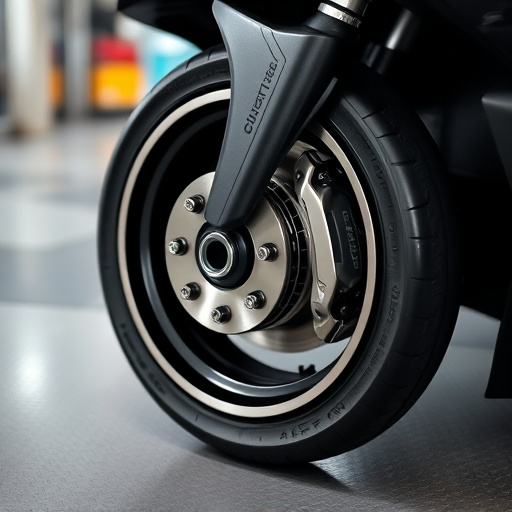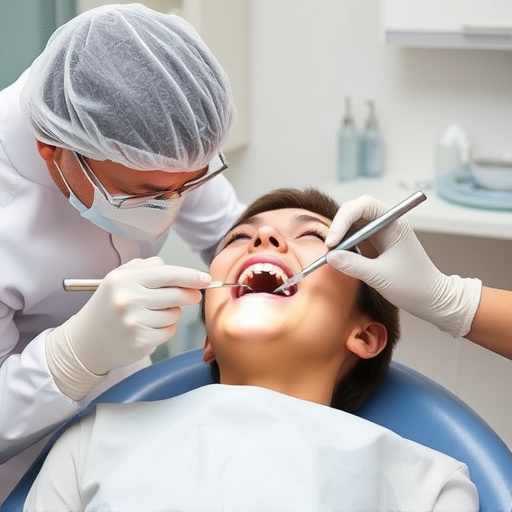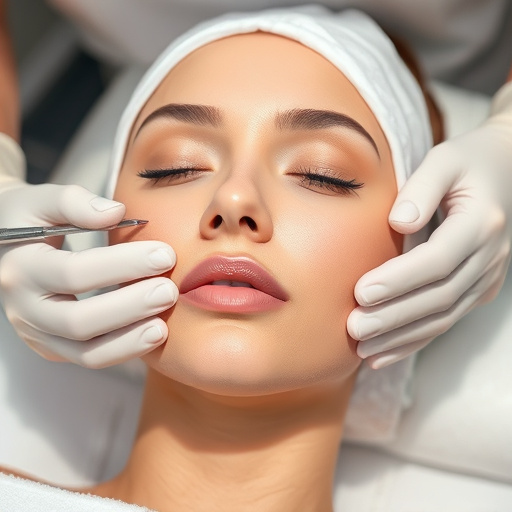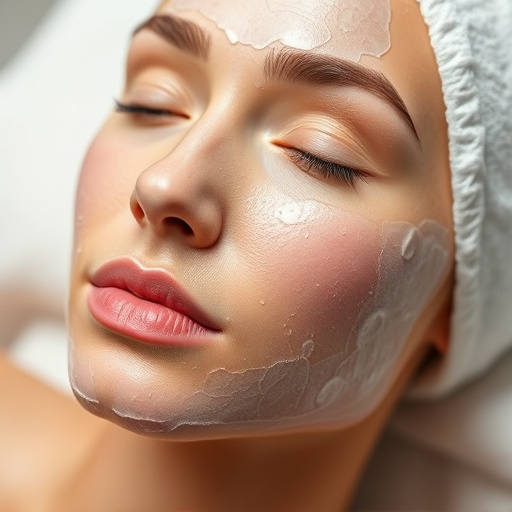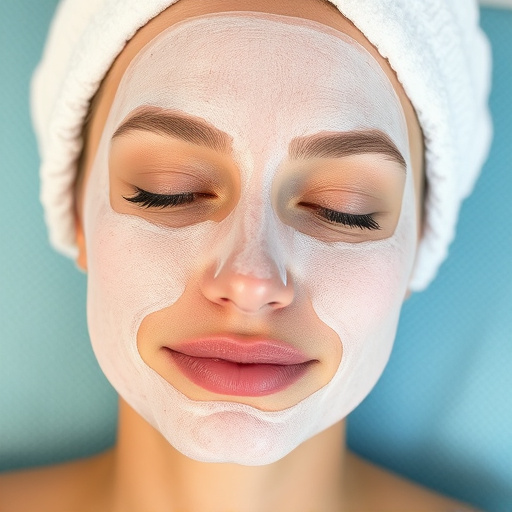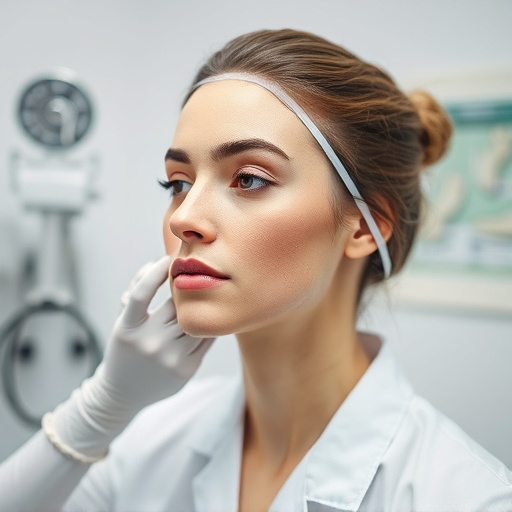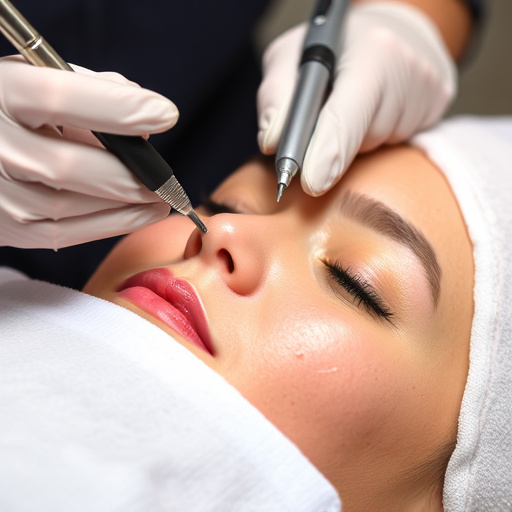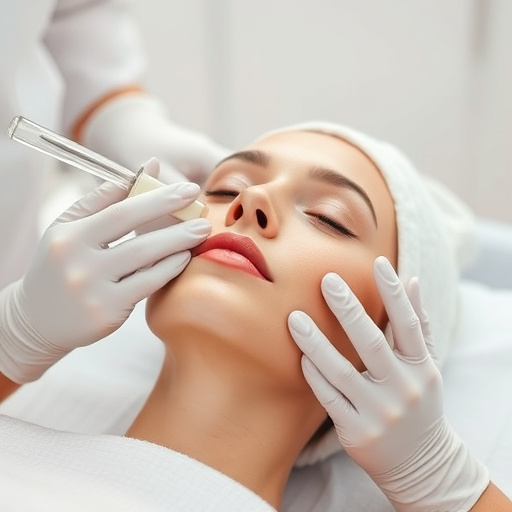Arm laser hair removal is a popular, non-invasive procedure using lasers to target melanin in follicles, inhibiting hair growth over multiple sessions. Before treatment, a patch test assesses skin reaction, considers conditions like eczema, determines melanin density, and adjusts laser settings for safety and efficiency. After the test, mild redness subsides within 24-48 hours; following dermatologist instructions is crucial. Results help ensure optimal skin health, rejuvenation, and effective arm laser hair removal.
Considering arm laser hair removal? A patch test is crucial for safety. This guide explores why these tests are essential before undergoing the procedure, detailing what to expect during and after. Understanding the arm laser hair removal process and its potential side effects is vital. Learn how a simple patch test can help ensure a smooth, safe, and effective treatment experience.
- Understanding Arm Laser Hair Removal Process
- Why Patch Tests Are Important for Safety
- What to Expect During and After Patch Testing
Understanding Arm Laser Hair Removal Process
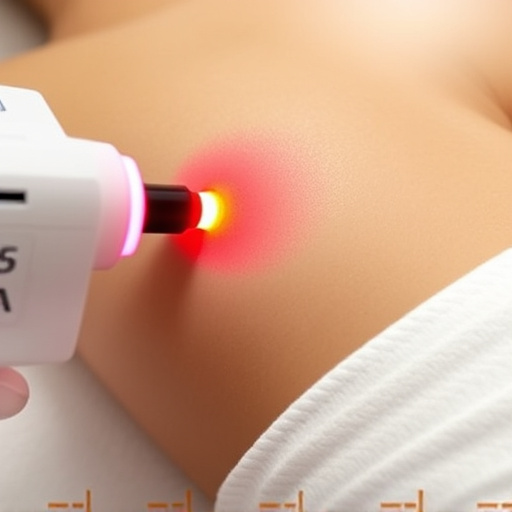
Arm laser hair removal is a popular and effective method for reducing unwanted hair on the arms. The process involves using concentrated light energy to target the melanin in the hair follicles, breaking down their ability to produce new hair growth. A medical professional will use a high-tech laser device, guiding it across the treatment area. This advanced technology offers a precise and non-invasive approach, allowing for significant hair reduction over multiple sessions.
Before undergoing arm laser hair removal, a patch test is often recommended to ensure optimal results and minimize potential side effects. This simple procedure involves applying a small amount of the laser energy to a discreet area of skin, typically on the back or neck, to check for any adverse reactions. By performing this test, medical spa services can tailor the treatment to your unique skin type, ensuring effective and safe laser hair removal, alongside customized facials for a holistic grooming experience.
Why Patch Tests Are Important for Safety
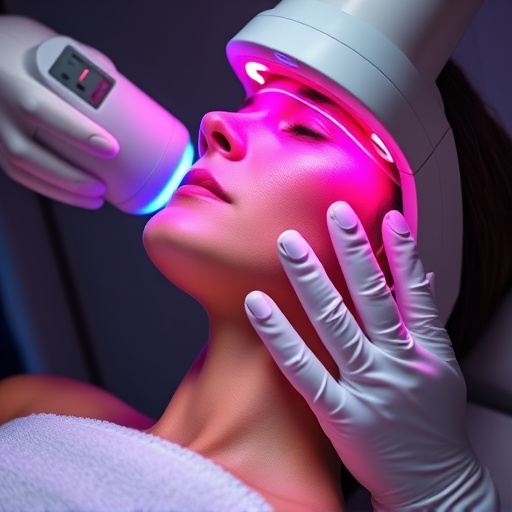
Patch tests are an essential step in ensuring safety when considering arm laser hair removal. In the context of laser treatments, these tests play a pivotal role in predicting how your skin might react to the intense light energy delivered during the procedure. By exposing a small portion of your skin to the laser’s wavelength, the patch test allows healthcare professionals to gauge any potential sensitivity or adverse reactions. This is crucial for individuals with various skin conditions, such as eczema or rosacea, as these can influence how the skin absorbs and reacts to the laser light.
Moreover, patch tests facilitate a customized facial or body contouring approach tailored to your unique skin profile. They provide valuable data on melanin density, skin thickness, and any existing pigmentation issues, all of which are critical factors in determining the optimal laser settings for effective hair removal without causing damage. This personalized approach ensures that treatments like arm laser hair removal are not only safe but also highly effective, addressing specific concerns related to unwanted hair while considering your overall skin health and well-being.
What to Expect During and After Patch Testing
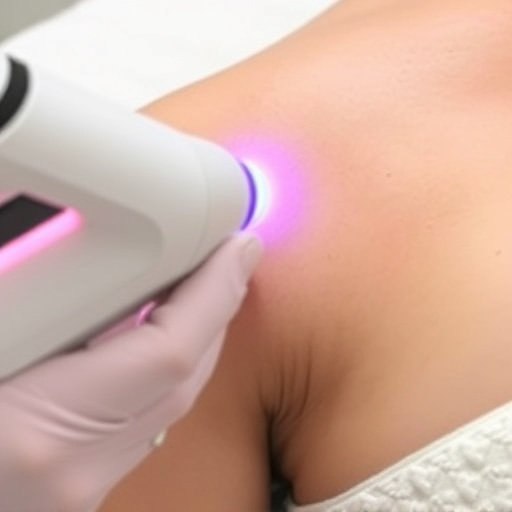
During a patch test for arm laser hair removal, a small area of your skin will be targeted with the same laser settings that will be used during the full treatment. This typically involves applying a small amount of laser energy to a limited section of skin. You might experience a brief sensation of warmth or tingling, similar to a mild sunburn, but this should subside quickly. The primary goal is to assess your skin’s reaction to the laser without causing significant discomfort or damage.
Afterward, the treated area may appear slightly red and inflamed, akin to a sunburn, which is a normal response. This inflammation usually subsides within 24-48 hours. It’s crucial to follow post-test instructions from your dermatologist, including applying cooling gels or creams to soothe the skin. While some minor redness or peeling is expected, any prolonged irritation, swelling, or excessive discomfort could indicate an adverse reaction and requires immediate medical attention. The test results will help determine if laser hair removal is suitable for you, ensuring optimal skin health and skin rejuvenation, as well as effective arm laser hair removal.
Before undergoing arm laser hair removal, a patch test is highly recommended to ensure safety and optimal results. This simple procedure allows professionals to assess your skin’s reaction to the laser treatment, identifying any potential sensitivities or allergies. By understanding how your skin responds during the initial patch test, you can manage expectations for the full arm laser hair removal process, knowing what to expect both during and after treatment.
